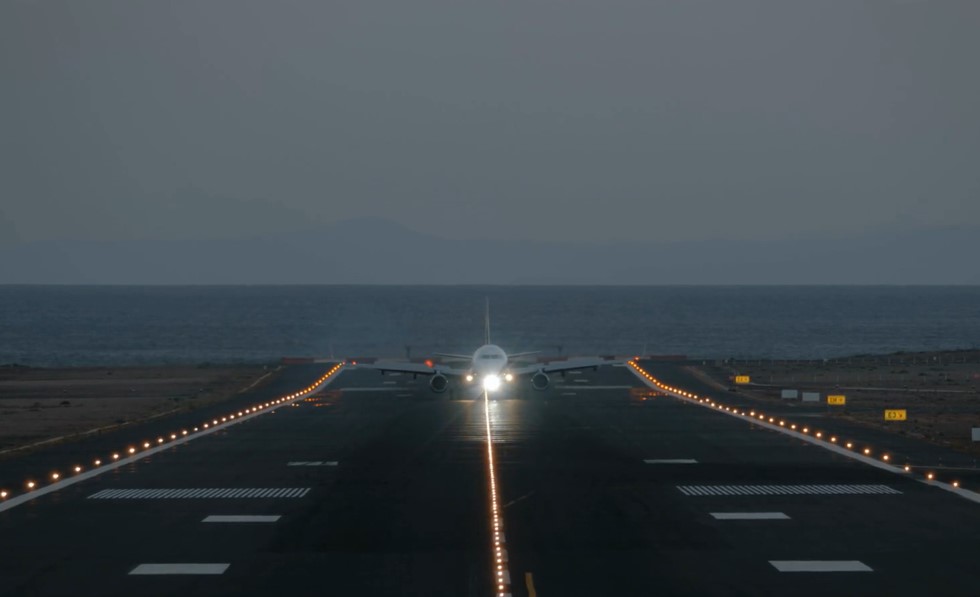


In 2023, Changi Airport saw a total of 328,000 aircraft movements, which include landings and take-offs. This works out to an average of approximately 900 landings and takeoffs each day. As the upswing in travel continues its growth trajectory, Changi Journeys shares five fun facts that you may not know about a runway, one of the key components of airport infrastructure.
1. The runway extends more than 2.5m beneath the surface
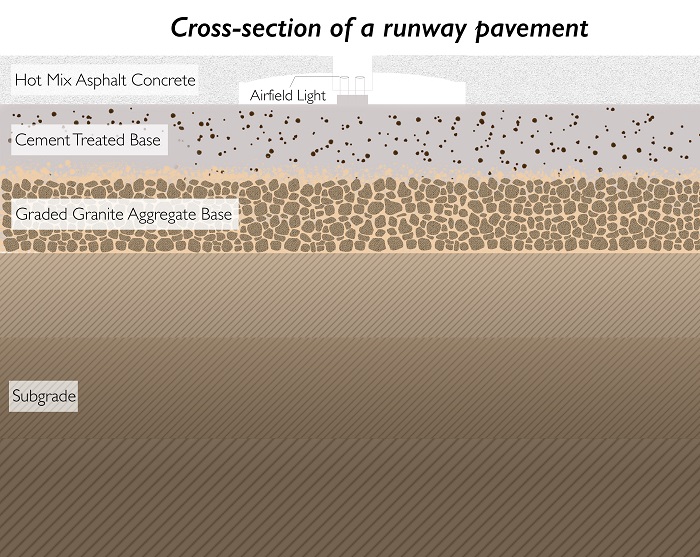


A runway is more than 2.5 metres thick and is made up of four layers.
The base layer is known as the Subgrade. The thickest layer of all, this mix of native soil is compressed layer by layer. Sitting on top of the Subgrade is the Graded Granite Aggregate Base. This layer is made up of coarse to medium grained materials like sand, gravel and crushed stone, each at specific proportions. Together, these two layers make up the foundation.
The third is the Cement Treated Base (CTB), which is a mixture of granular soil, aggregates, cement and water. The last and final layer is the Hot Mix Asphalt Concrete, which makes up the surface.
2. Ensuring that it can take the load of the heaviest commercial aircraft
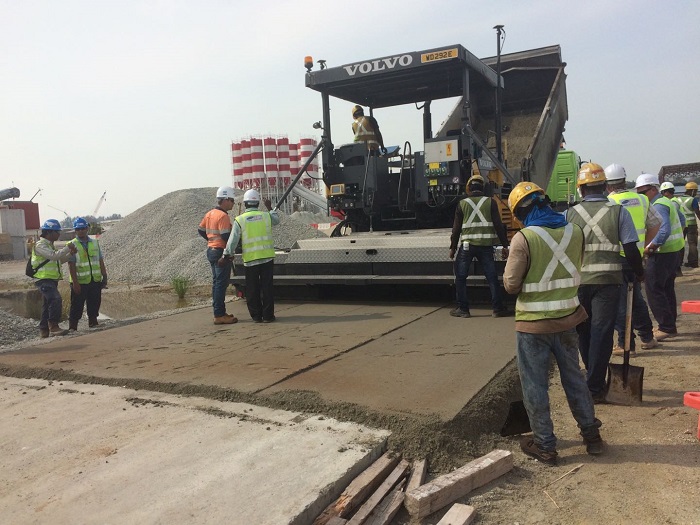


A mock-up CTB layer being constructed off-site before its actual production
During the construction of the runway pavement, a considerable number of tests need to be carried out, including quality control tests conducted on each of the four layers.
An example is the CTB layer. First, the mix is produced and inspected at the batching plant. Then, a mock-up CTB layer is constructed off-site where additional tests can be done. Finally, mass construction can take place for the actual pavement works.
3. Runways have grooves
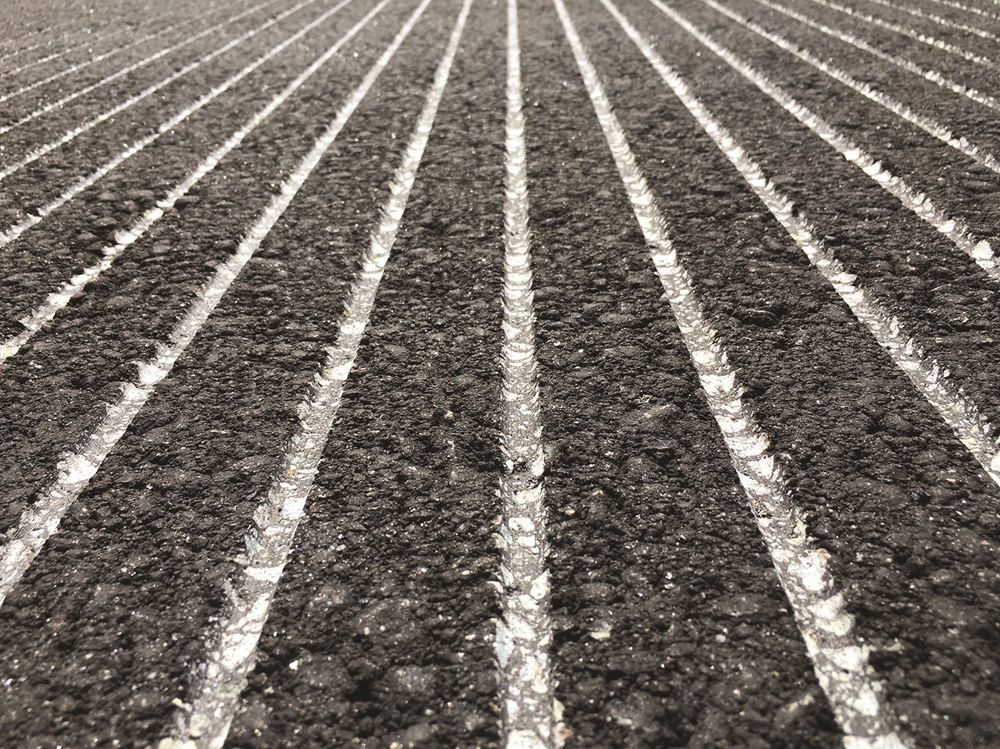


Close-up look at a section of the runway at Changi. The grooves run across the runway, acting like treads of a tyre, allowing water to run off faster when its raining
Given its tropical climate, Singapore experiences abundant rainfall throughout most months in the year. To ensure that water runs off the runway faster, grooves have been added to the runways to improve friction levels, making it easier for pilots to control and brake their aircraft during wet weather.
4. Regular maintenance is required
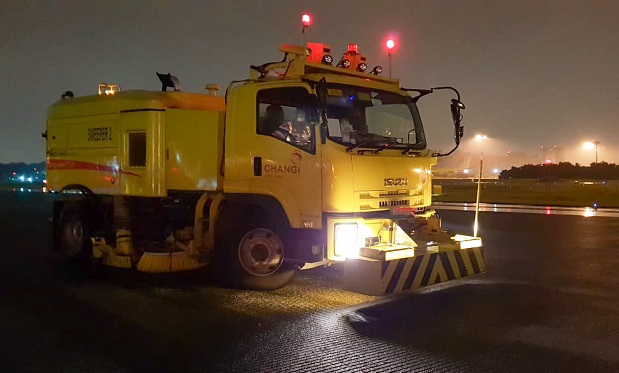


This runway sweeper is one of the two key machines used for runway maintenance. It works the same way as your domestic vacuum cleaner, just way more powerful.
When planes land or take-off, their tyres leave rubber deposits on the runway. To ensure the safety and efficiency of aircraft movements, thrice per week from 1.00a.m to 5.00a.m, Changi’s runways take turns to be closed for maintenance. During these “golden” four hours, a group of professionals work tirelessly behind-the-scenes to inspect and repair the runways, to ensure that every flight lands and takes off smoothly.
Watch this video to learn about what goes on during Changi’s runway maintenance.
5. Future proofing against climate change impacts
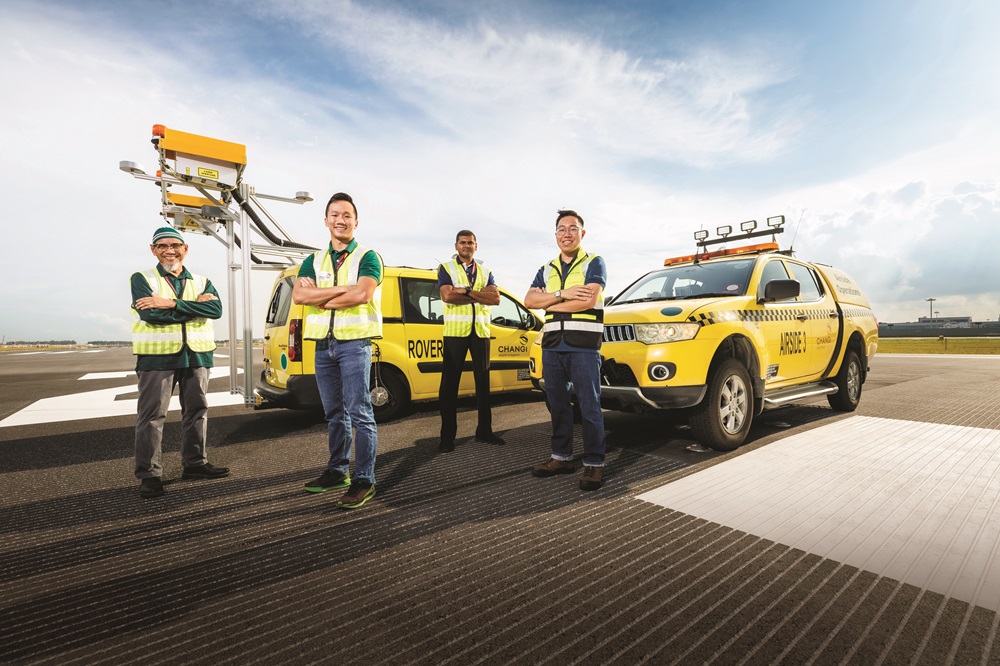


CAG’s pavement and airside operations teams work alongside each other to ensure operability of Changi’s runways in spite of climate change
Rising ambient temperatures can pose risks to airport runway conditions. To this end, Changi Airport Group (CAG)’s Engineering & Development colleagues collaborated with technical experts to strengthen our pavement resilience. This includes the enhancement of asphaltic mix design and introduction of polymer additives to enable higher runway durability, even under higher traffic volumes and harsher weather conditions.
To deepen our understanding of runway resilience, CAG has also initiated research to examine the relationship between the temperature of asphaltic pavement surface, underlying structural layers and the ambient temperatures. Through the use of stress and strain sensors at different layers of newly constructed aircraft pavement, the data collected is used to validate original design assumptions under stimulated and live aircraft loading. Data collected from the sensors would help the aircraft pavement maintenance team predict the remaining lifespan of the pavement structure and plan for rehabilitation to maintain robust structural integrity even amidst adverse weather conditions.
Other Articles

WiFi@Changi – Serving fast and seamless connections
Ensuring a consistent and fast wifi connection for millions of passengers a year is not a simple task, especially in an airport as large as Changi. Learn about the challenges that had to be overcome to achieve this.

From Day 1: Bee Cheng Hiang & Shake Shack’s journey at Jewel
On Jewel’s 5th birthday, hear from the tenants who have been with Jewel since Day 1, as they share their thoughts about this 5-year journey and their hopes for the future.
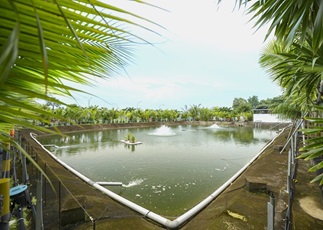
On LinkedIn@ChangiAirport
Learn how CAG’s horticulture team adopts a circular practice in watering at the airport’s nursery, demonstrating Changi’s commitment to building a water-resilient future.


